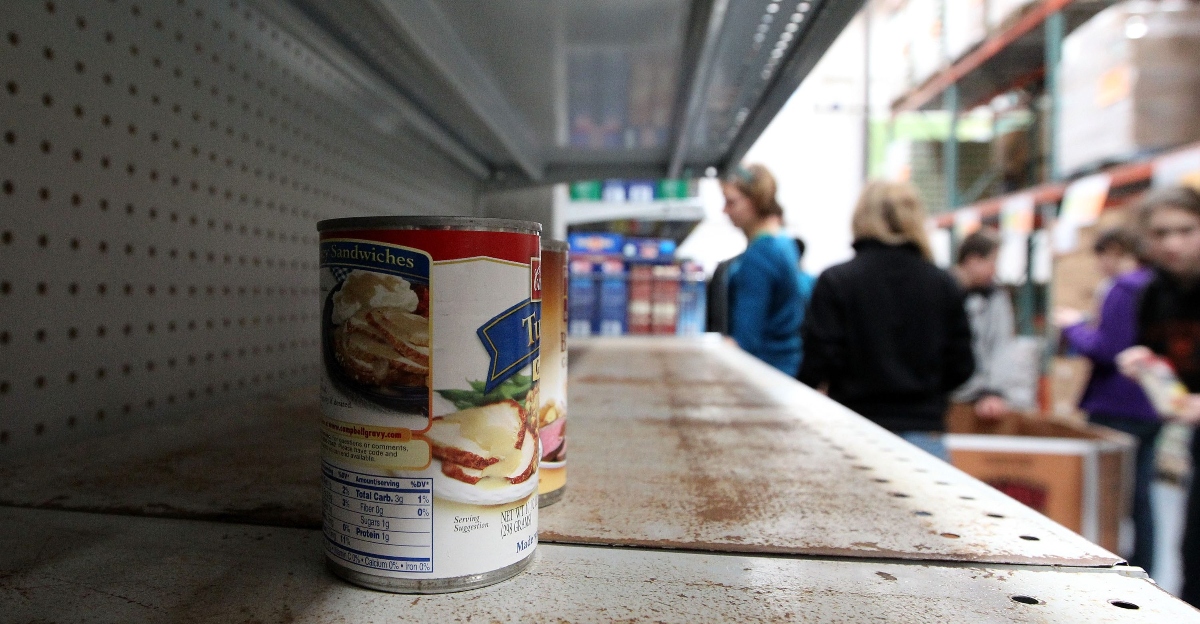
As food prices continue to rise, many cost-conscious shoppers are changing their spending habits. Over the years, many people have relied on canned foods to offset future price hikes; however, even these items are feeling the impact of economic challenges. Several contributing factors may drive their prices up even further.
The main factor behind the potential price hikes isn’t the food inside the cans, but the growing cost of packaging materials, especially tinplate steel and aluminum. Some proposed tariffs could drastically raise manufacturing expenses. As a result, consumers might see canned food prices rising significantly, impacting common pantry items and pushing people to rethink their grocery choices.
1. Canned Tomatoes
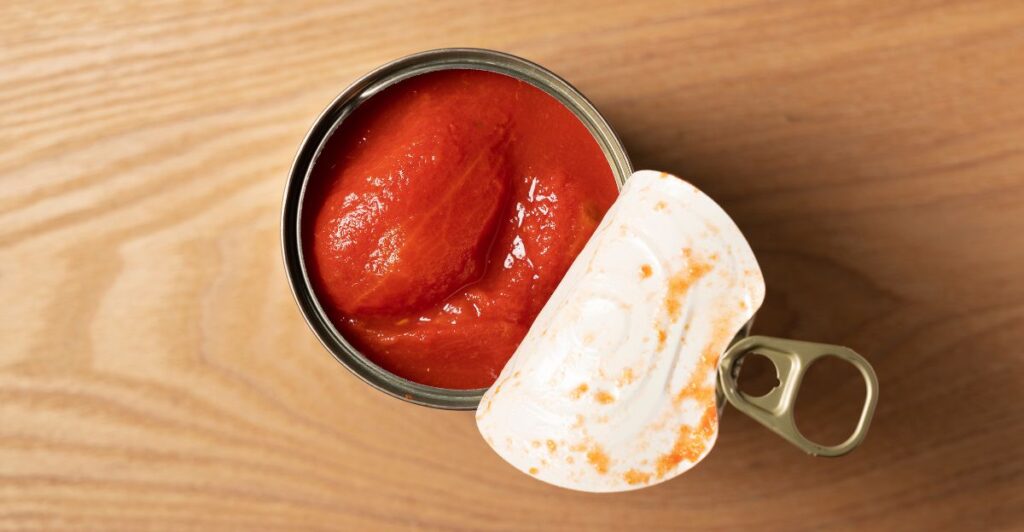
Canned tomatoes are a staple in many kitchens because of their long shelf life and versatility in sauces, soups, and stews. Unfortunately, their prices are expected to go up because of the rising cost of steel used in can production, which is directly impacted by tariffs on packaging materials. On top of that, tomatoes are facing supply chain disruptions, along with increased costs for essential farming inputs like fertilizer and labor.
All these factors drive up costs, and since canned tomatoes are essential in so many kitchens, shoppers will probably feel the impact. As prices rise on these kitchen staples, consumers might have to start rethinking their cooking routines and possibly turn to fresh or frozen tomatoes instead.
2. Canned Coffee
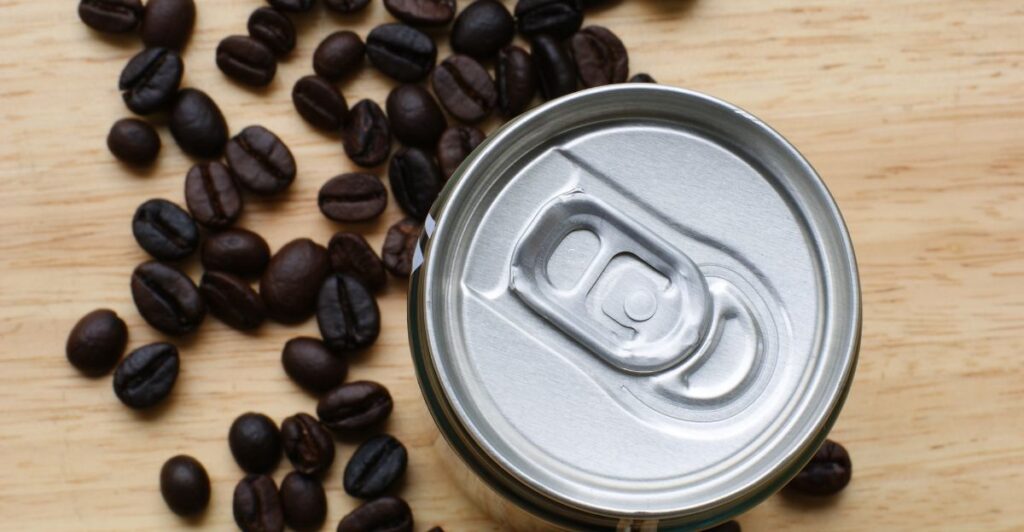
Canned coffee might not be as common in some markets, but it is steadily gaining popularity because of its convenience and portability. Unfortunately, canned coffee is expected to become more expensive in the near future. This is largely due to higher packaging costs resulting from tariffs on steel and aluminum. However, coffee bean prices are also climbing because of poor weather conditions, ongoing supply chain issues, and rising global demand.
Major coffee-producing countries, like Brazil and Vietnam, have been experiencing droughts and erratic weather, leading to lower crop yields and a tighter global supply. These combined factors are making production more expensive, making canned coffee one of the products likely to become more expensive.
3. Canned Chickpeas and Beans
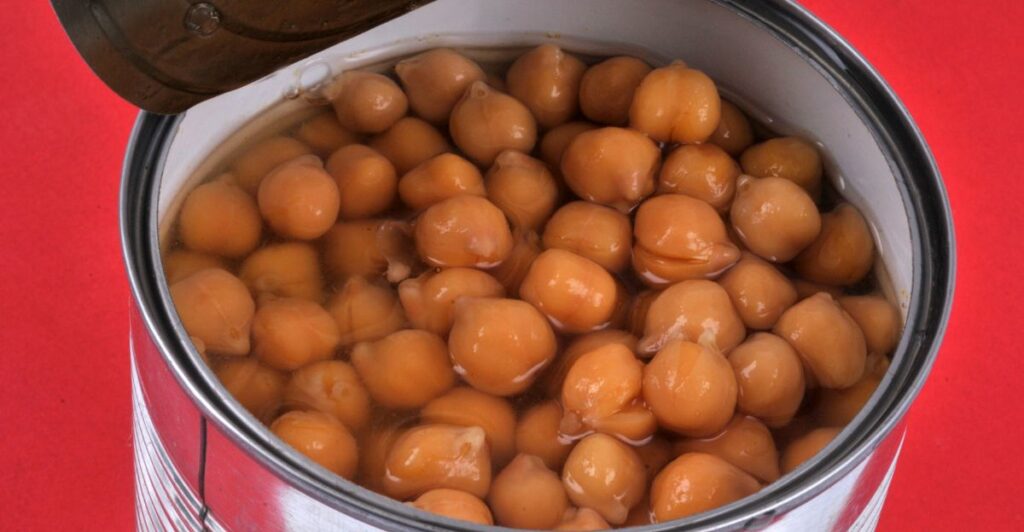
Canned chickpeas and beans can be found in many pantries around the world. These essential items are valued for their protein content, affordability, and versatility in cooking. However, these canned goods also face price increases because of the tariffs on steel and aluminum. On top of that, many agricultural issues, like climate variability, inflation in farming inputs like seeds and fertilizers, and labor shortages, are also adding to cost pressures.
As a result, the price for canned chickpeas and beans is expected to rise in the near future. This could heavily impact consumers who rely on these pantry staples for nutritious, cost-effective meals and could prompt them to look for alternative protein sources or unpackaged options.
4. Canned Baby Formula
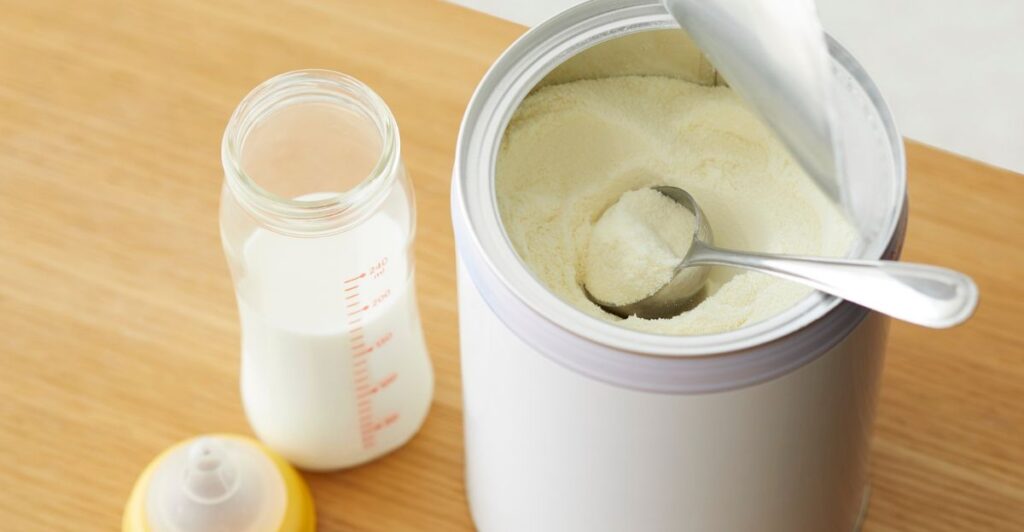
Canned baby formula is extremely important for many families as it provides essential nutrients for infants. Because of the product’s importance and limited substitutes, price increases in this category are especially troubling. The rising cost of packaging materials, supply chain constraints, and regulatory compliance costs are expected to push prices higher.
These rising costs could make baby formula less affordable for many parents, potentially limiting access to essential infant nutrition. Because of the product’s important role and limited alternatives, even slight price hikes could have serious social and health consequences.
5. Canned Nuts
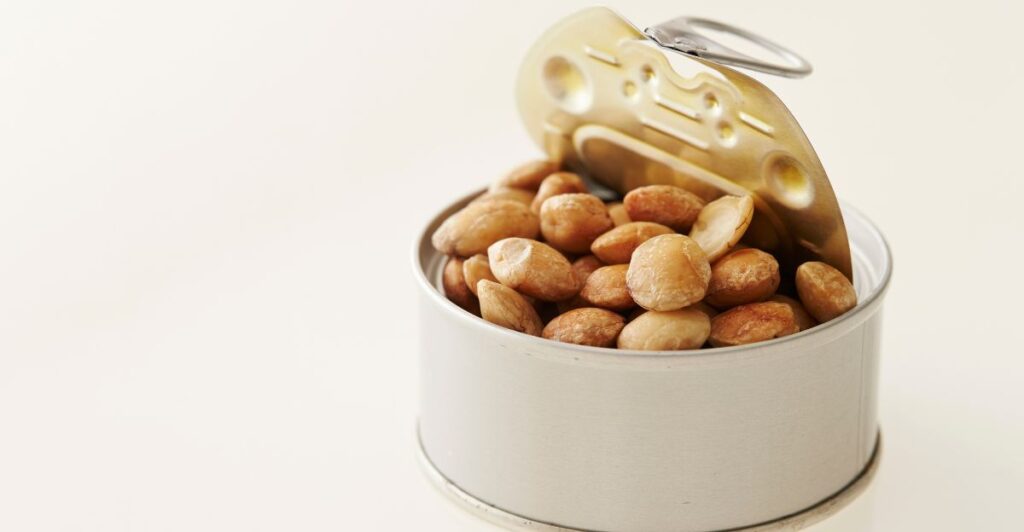
Canned nuts, like peanuts and mixed nuts, are also expected to face price increases because of the increased costs of steel and aluminum packaging materials. However, nuts also face agricultural challenges, including climate change impacts like droughts and unpredictable weather, which affect crop yields and quality.
Global demand shifts, like rising consumption in emerging markets, are also straining the supply of canned nuts. All of these factors contribute to higher production costs, which manufacturers often pass on to consumers. As a result, canned nuts might soon become more expensive.
6. Canned Fruits
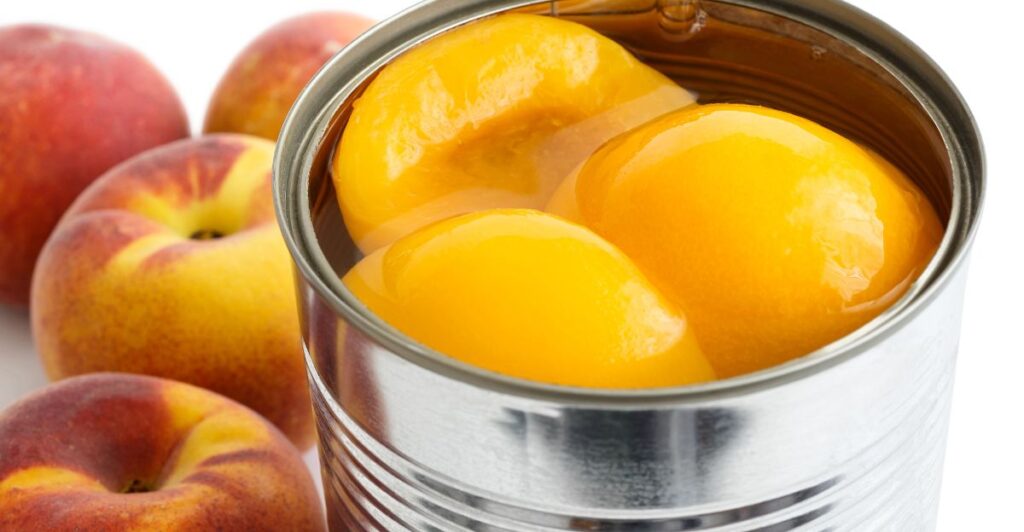
Popular canned fruits like peaches, pineapples, and pears, which are often used in popular desserts, are becoming increasingly vulnerable to price hikes caused by rising aluminum prices and ongoing supply chain constraints. The increased packaging costs add to the expenses already faced by producers.
Although fresh or frozen fruits can be used as an alternative, they also come with their own price volatility and shorter shelf lives, making canned fruits a convenient but potentially more expensive option. People who rely on canned fruits for their longer shelf life and convenience might have to adjust their budgets or consider alternative preservation methods as prices climb.
7. Canned Soups

Few meals are as easy and convenient as canned soups. These products rely heavily on metal cans for packaging, making them susceptible to rising aluminum and steel costs. Major manufacturers have already voiced their concerns over rising production costs, which will likely lead to higher retail prices.
Soon, consumers might see their favorite canned soups become less affordable. This could heavily impact individuals who depend on these products for quick, nutritious meals. While this could encourage some people to explore alternative meal options, canned soups are expected to remain a staple in many households despite the increased cost.
8. Canned Tuna and Seafood
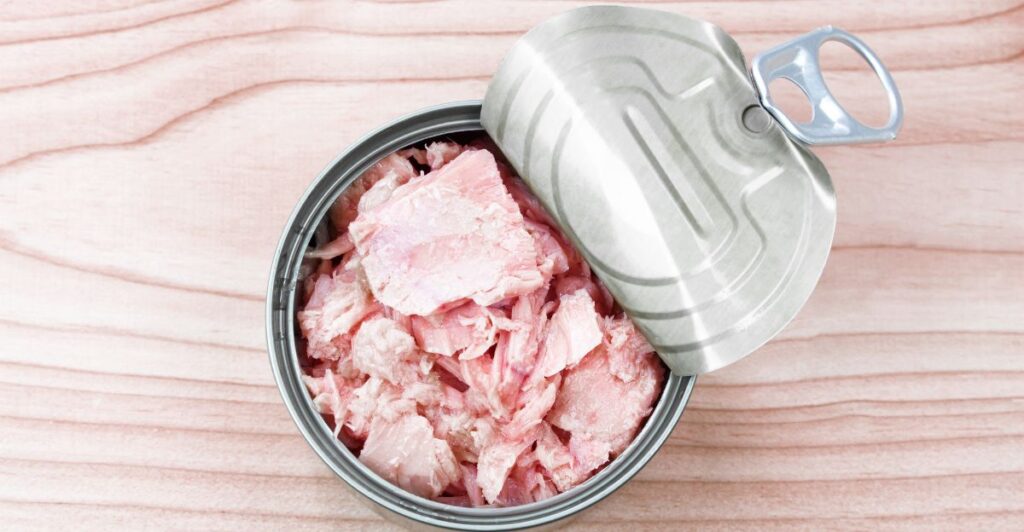
Canned tuna and other seafood products are facing similar financial pressures because of rising packaging costs and supply chain issues. Fishing industries are currently struggling with fluctuating fuel prices, stricter fishing regulations, and environmental concerns like overfishing.
However, transportation disruptions and increased labor costs in processing plants are also assing to the overall production burden. All of these factors combined will likely increase the prices for canned tuna and seafood. Consumers who rely on these products will likely notice price increases in the near future.
9. Canned Vegetables
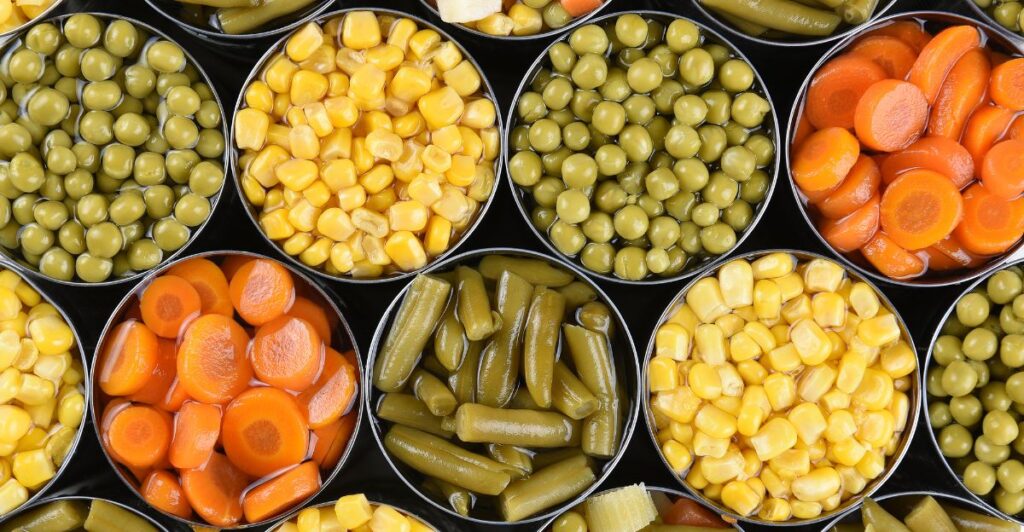
Canned vegetables, like corn, green beans, carrots, and peas, are popular pantry staples, often used in soups and stews. However, they are not immune to price increases. The increase in steel and aluminum prices directly affects the cost of cans.
At the same time, agricultural issues, like unpredictable weather, rising fuel and fertilizer costs, and labor shortages, are increasing farm production expenses. These pressures could result in higher retail prices for canned vegetables. These products have always been budget-friendly and convenient, but price hikes could force shoppers to consider fresh or frozen alternatives.
